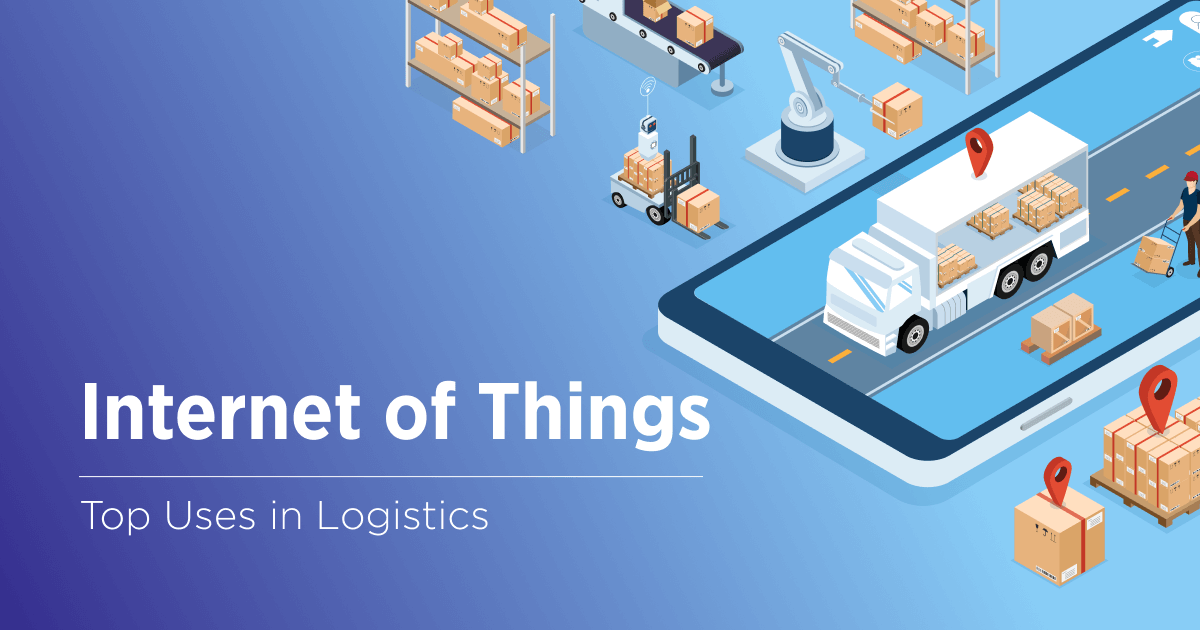IoT in Logistics: Driving Real-Time Visibility and Control
IoT in logistics is rapidly evolving, driven by the increasing demand for faster, more efficient supply chains. By providing real-time visibility and control over logistics operations, IoT is revolutionizing how businesses manage inventory, track shipments, and optimize delivery routes. This article explores how IoT is driving operational efficiency in logistics, with a particular focus on its impact on carrier management, delivery services, and inventory management, featuring insights from Postalparcel‘s logistics services.
The Role of IoT in Modern Logistics
The Internet of Things (IoT) refers to the network of interconnected devices that can communicate with each other and transmit data. In the logistics industry, IoT devices such as GPS trackers, sensors, and RFID tags are used to gather real-time data, enabling businesses to gain visibility into every aspect of their supply chain. Whether it’s tracking a shipment’s location or monitoring temperature-sensitive cargo, IoT devices provide critical insights that help businesses make informed decisions, improve operational efficiency, and deliver a better customer experience.
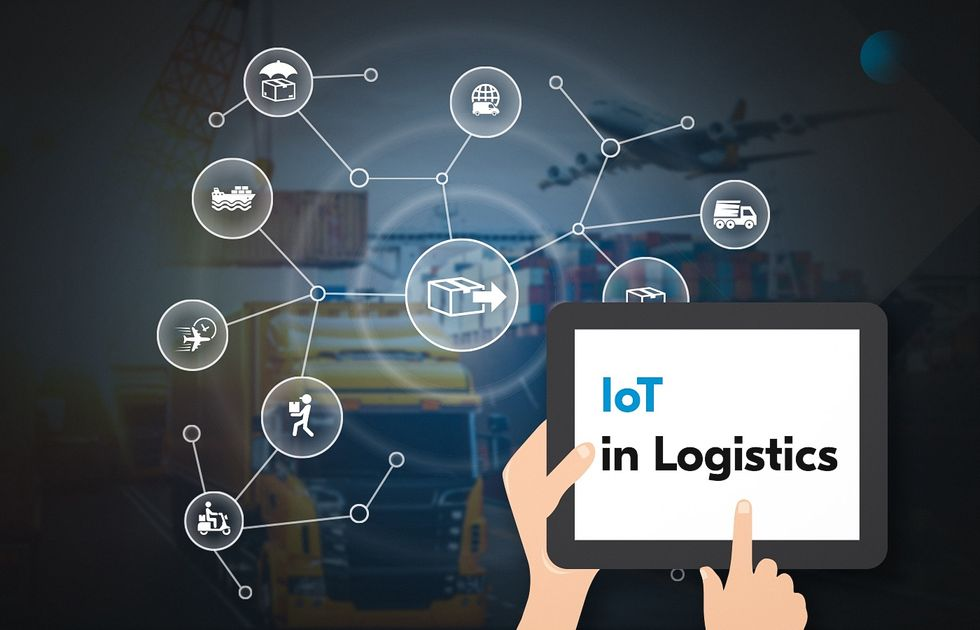
One of the key challenges in logistics is maintaining control over goods as they move through complex networks of warehouses, transportation hubs, and delivery routes. With IoT technology, businesses can monitor the movement and condition of goods in real-time, allowing them to respond quickly to issues like delays, temperature fluctuations, or inventory shortages. This capability not only improves operational efficiency but also strengthens customer trust by providing accurate delivery estimates and status updates.
Enhancing Carrier Management with IoT
Effective carrier management is essential for ensuring timely and reliable delivery. Traditionally, managing carriers involved tracking shipments through phone calls, emails, and manual reporting, making it difficult to have an accurate and real-time view of the logistics operations. However, IoT has significantly improved carrier management by automating tracking and providing real-time insights.
With IoT devices, businesses can track the location of shipments in real time, monitor delivery performance, and choose the best carriers based on reliability and delivery speed. This real-time visibility enables businesses to identify potential delays, reroute shipments if necessary, and proactively manage delivery schedules. For example, Postalparcel offers carrier management services that utilize IoT technology to streamline the entire process. Their platform integrates data from multiple carriers, providing businesses with a comprehensive view of all shipments in transit. This visibility allows businesses to manage carrier relationships effectively and optimize their transportation choices.
Moreover, IoT-enabled predictive analytics allow businesses to assess carrier performance over time, helping them make more informed decisions about which carriers to use for specific shipments. By evaluating factors like on-time delivery rates and historical performance data, businesses can ensure that they are working with the most reliable carriers for each delivery.
Real-Time Tracking and Delivery Optimization
One of the most significant advantages of IoT in logistics is its ability to provide real-time tracking and delivery optimization. IoT devices such as GPS trackers and RFID tags can be attached to shipments to monitor their location and condition throughout the entire supply chain journey. This real-time data allows logistics teams to make informed decisions about routing, delivery windows, and resource allocation.
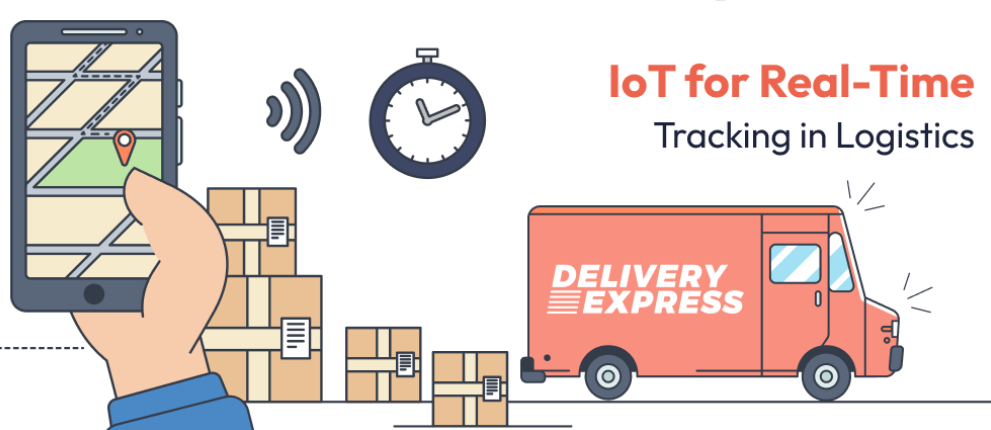
Postalparcel‘s delivery services leverage IoT technology to optimize delivery routes and provide real-time tracking updates to customers. This integration ensures that businesses can deliver packages faster and more efficiently, reducing the risk of delays and improving overall customer satisfaction. For instance, if a delivery is delayed due to traffic or weather conditions, IoT data allows businesses to make real-time adjustments, such as rerouting the shipment to avoid the delay.
Real-time tracking also improves customer experience by providing them with accurate and timely updates on their shipments. Customers can check the status of their orders and receive notifications about estimated delivery times, which helps set expectations and improve overall satisfaction. The transparency provided by IoT-based tracking systems fosters greater trust between businesses and their customers.
Optimizing Inventory and Order Management with IoT
Inventory management is another area where IoT technology is making a significant impact. In traditional inventory management systems, businesses often struggle with stockouts, overstocking, and inefficiencies in stock replenishment. IoT-enabled inventory management systems solve these challenges by providing real-time data on stock levels, product movements, and demand patterns.
By embedding IoT sensors and RFID tags in inventory items, businesses can track the exact location of products within warehouses, monitor stock levels, and receive alerts when stock is running low. This capability not only prevents stockouts but also helps businesses optimize their inventory turnover and reduce excess inventory.
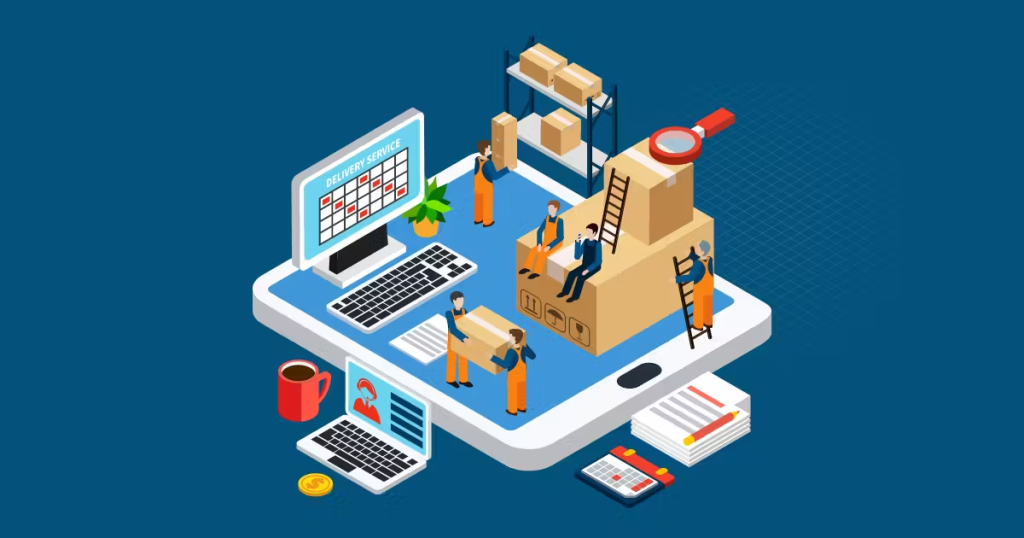
Postalparcel offers comprehensive inventory and order management services that integrate IoT technology to provide businesses with real-time insights into their stock levels and order statuses. This service enables businesses to track inventory across multiple locations, manage orders efficiently, and ensure that products are available when needed. Through these advanced systems, Postalparcel helps businesses streamline their operations, reduce errors, and improve supply chain visibility.
Success Stories of IoT in Logistics
The real-world benefits of IoT in logistics are evident through success stories from businesses that have adopted these technologies. For example, a European-based logistics company faced significant challenges in managing its international deliveries, particularly with cross-border shipping. Using IoT-enabled tracking and inventory management systems, the company was able to gain real-time visibility into its shipments and warehouses across different countries. This visibility allowed them to optimize their delivery routes, reduce delays, and improve their inventory management, ultimately leading to better customer satisfaction and operational cost savings.
Similarly, an online retailer based in North America struggled with managing inventory across multiple locations. With IoT-powered inventory management solutions, they were able to gain real-time insights into stock levels and product movements. This enabled them to prevent stockouts, optimize their inventory distribution, and improve order fulfillment. As a result, they saw a significant reduction in operational costs and an improvement in customer service.
The Future of IoT in Logistics
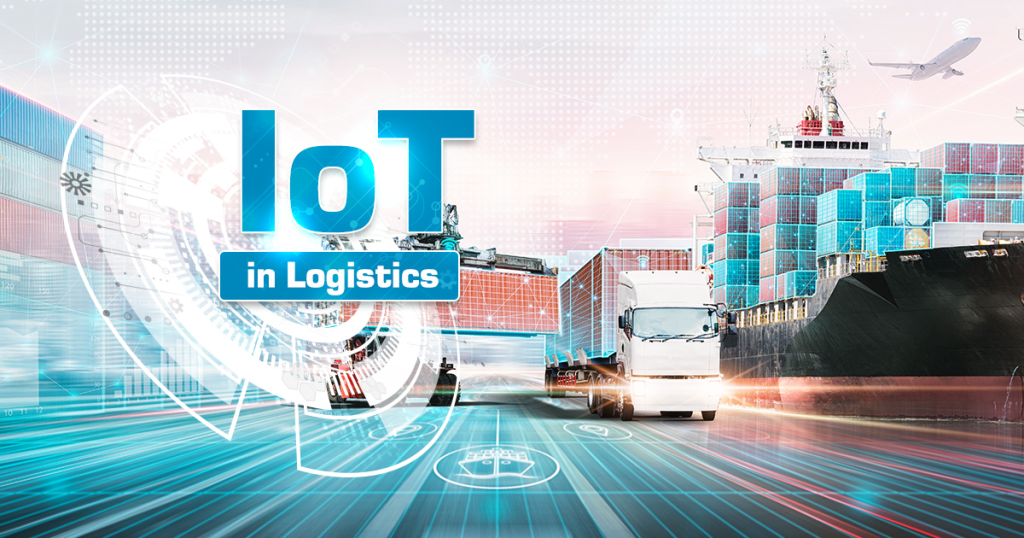
The future of IoT in logistics looks promising, with more businesses adopting this technology to gain real-time visibility and control over their supply chains. As IoT devices become more advanced and integrated with artificial intelligence and machine learning, businesses will be able to harness even more powerful insights to optimize their logistics operations further.
For example, predictive analytics driven by IoT data can help businesses anticipate delays and disruptions before they happen, enabling them to take proactive measures to mitigate risks. Moreover, with the rise of autonomous vehicles and drones, IoT will continue to play a key role in driving the next generation of logistics innovations.
Conclusion
IoT is transforming the logistics industry by providing real-time visibility and control over operations. From enhancing carrier management and optimizing delivery services to improving inventory and order management, IoT technology is driving operational efficiency and customer satisfaction. Postalparcel‘s logistics services, powered by IoT, are helping businesses streamline their supply chains, reduce costs, and improve service levels. As the logistics industry continues to embrace IoT, the possibilities for efficiency and innovation are endless. With IoT at the core, businesses can navigate the complexities of modern logistics with clarity and precision.
Industry Insights
news via inbox
Nulla turp dis cursus. Integer liberos euismod pretium faucibua

